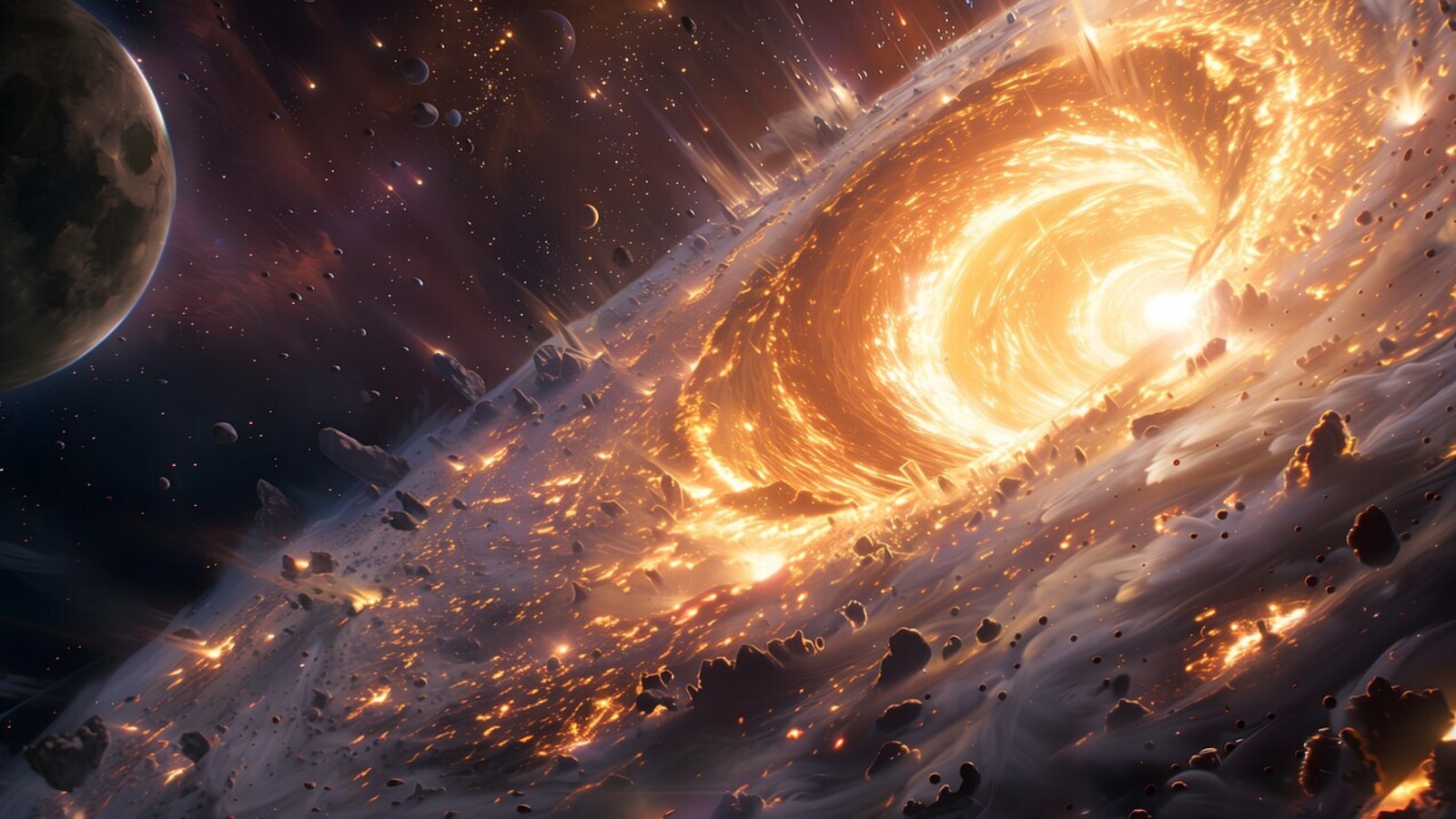Space is full of mysterious objects and frequent celestial phenomena, whether it’s the explosion of a dying star or the interaction between two galaxies. High-definition cameras and telescopes embedded in satellites sent by space agencies such as POT Let us witness these fascinating phenomena in space. Check out these five spectacular NASA images from space to keep up to date with everything that is happening in space.
The NASA image captures a nebula in the Perseus molecular cloud, located approximately 960 light-years away. The image was captured by the NASA’s Webb Telescope and reveals cosmic objects with extremely low masses.
The faint stars seen in the image are newborn stars, with masses comparable to those of giant planets. The gas and dust surrounding these young stars are part of the ingredients that can eventually produce planetary systems.
Get to know one of the oldest and wisest galaxies in space, the Small Magellanic Cloud. This star cluster is nestled in the Small Magellanic Cloud and releases light and energy into the nebula around it. The image shows a dark brown cosmic cloud dotted with a collection of blue-purple stars.
The Cone Nebula, located 2,500 light-years away in the constellation Monoceros, might bring back one of your nightmares with a beast throwing its head back in a raging red sea. The image was captured by NASA’s Hubble Telescope and shows the upper 2.5 light-years of the nebula; the entire nebula is 7 light-years across. Monstrous pillars of cold gas like the Cone are common in large star-forming regions. Astronomers believe the pillars are incubators for developing stars.
The portrait of Stephan’s Quintet, also known as Hickson Compact Group 92, was taken by the new Wide Field Camera 3 (WFC3) onboard the NASA/ESA Hubble Space Telescope.
The image captures a group of five galaxies. Three of the galaxies in the group have distorted shapes, elongated spiral arms and long gaseous tidal tails containing a myriad of star clusters, evidence of their close encounters.
The elegant blue sphere in space was captured by NASA’s Hubble Space Telescope. The Bubble Nebula is located 7,100 light-years from Earth and is 45 times more massive than our Sun.
The star’s gas heats up so much that it escapes into space in the form of a stellar wind moving at more than four million miles per hour (6.4 million kilometers per hour). The gases, heated to different temperatures, emit different colors: blue for oxygen, green for hydrogen and red for nitrogen.
Disclaimer:
The information contained in this post is for general information purposes only. We make no representations or warranties of any kind, express or implied, about the completeness, accuracy, reliability, suitability or availability with respect to the website or the information, products, services, or related graphics contained on the post for any purpose.
We respect the intellectual property rights of content creators. If you are the owner of any material featured on our website and have concerns about its use, please contact us. We are committed to addressing any copyright issues promptly and will remove any material within 2 days of receiving a request from the rightful owner.

